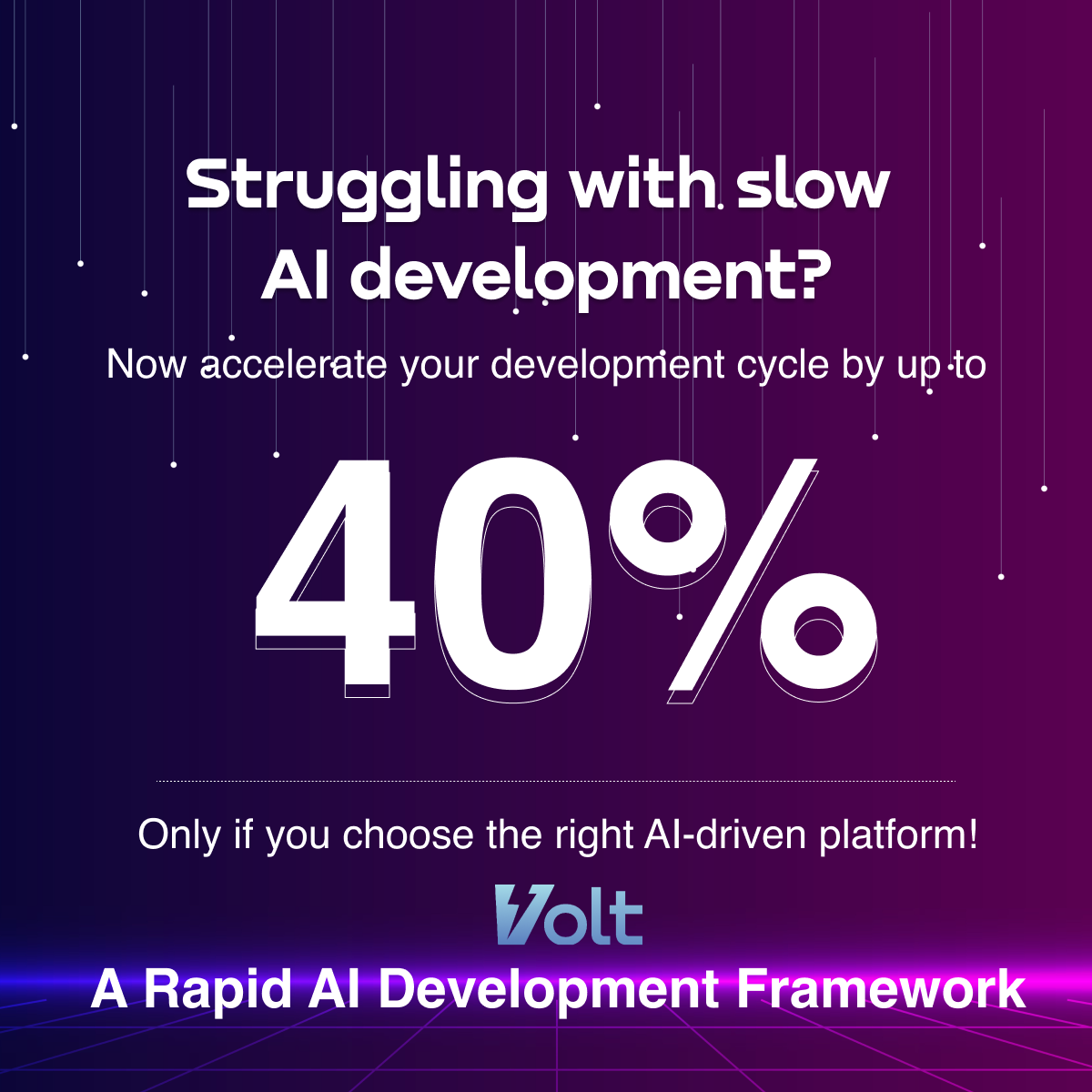Machine Learning
12 Top Machine Learning Algorithms of 2025
 Updated 29 Apr 2024
Updated 29 Apr 2024

Machine learning algorithms are no short of a miracle for navigating the fast-paced and continually changing modern business environment.
One of the greatest gifts of the new age of technological advancements, Machine Learning Development Services serve as powerful tools, that tackle unique challenges in delivering the best efficiency, experience, and intelligence to your business.
They can recognize and derive patterns from vast amounts of otherwise unstructured or even scattered data without needing extensive explicit programming to produce meaningful and actionable suggestions much faster and more efficiently than is humanly possible.
This article lists the best machine learning algorithms available today, a basic summary of their capability, and the types of usage they are best suited for, to give you the information needed to choose the right tool for the right job.
12 Top Machine Learning Algorithms to Watch Out For
| Algorithm | Learning Algorithm Type | What It Does | Use Cases |
|---|---|---|---|
| XG Boost | Supervised |
|
|
| Linear Regression | Supervised |
|
|
| Logistic Regression | Supervised |
|
|
| Decision Tree | Supervised |
|
|
| Support Vector Machine (SVM) | Supervised |
|
|
| -Nearest Neighbor (KNN) | Supervised |
|
|
| K-Means | Unsupervised |
|
|
| Naive Bayes | Supervised |
|
|
| Gradient Boosting | Supervised |
|
|
| Stochastic Gradient Descent | Unsupervised |
|
|
| Random Forest | Supervised |
|
|
| Apriori | Unsupervised |
|
|
Machine Learning Development With Q3 Technologies
Machine learning development services available at Q3 Technologies help you transform how users engage with your business by building personalized user experiences and automating internal business processes using new-age innovations.
The highly customizable and flexible solutions are developed to match your business needs by world-class experts trained in all the latest technologies the project could require.
The unique approach that makes Q3 an ideal machine learning development company are listed below –
Methodology
At Q3, we pride ourselves on our proficiency in Agile and DevOps methodologies, enabling us to consistently deliver top-notch products punctually, without fail.
Requirement Assessment
Leveraging the expertise of our seasoned team, Q3 conducts thorough assessments of your business requirements, charting out a clear roadmap for crafting solutions that align perfectly with your expectations.
24/7 Support
Our commitment to exceptional service extends beyond development, with our impressive post-development support ensuring that released solutions undergo continuous monitoring and debugging, ensuring seamless operations around the clock.
Let’s Wrap Up
As we wrap up our exploration of the 12 Top Machine Learning Algorithms shaping the landscape of 2025, it’s clear that the potential for innovation and advancement in this field knows no bounds. From time-tested classics to cutting-edge innovations, each algorithm offers unique capabilities that can revolutionize businesses across industries.
At Q3 Technologies, we understand the importance of harnessing the right tools and technologies to stay ahead in today’s dynamic market. Our expertise in Machine Learning development empowers businesses to leverage these algorithms effectively, unlocking unprecedented insights and driving growth.
Explore More

Artificial Intelligence


